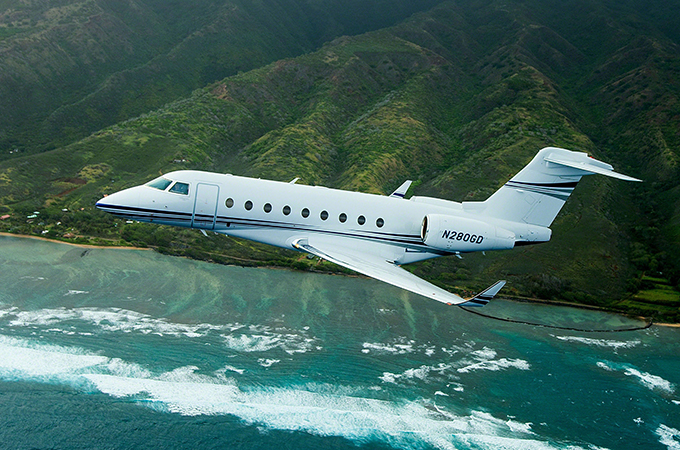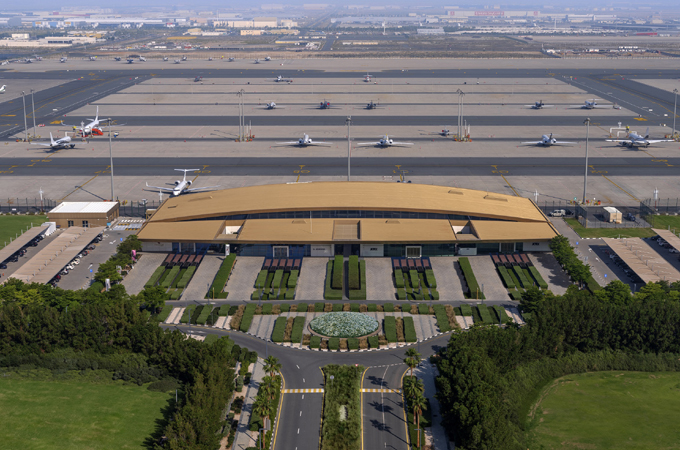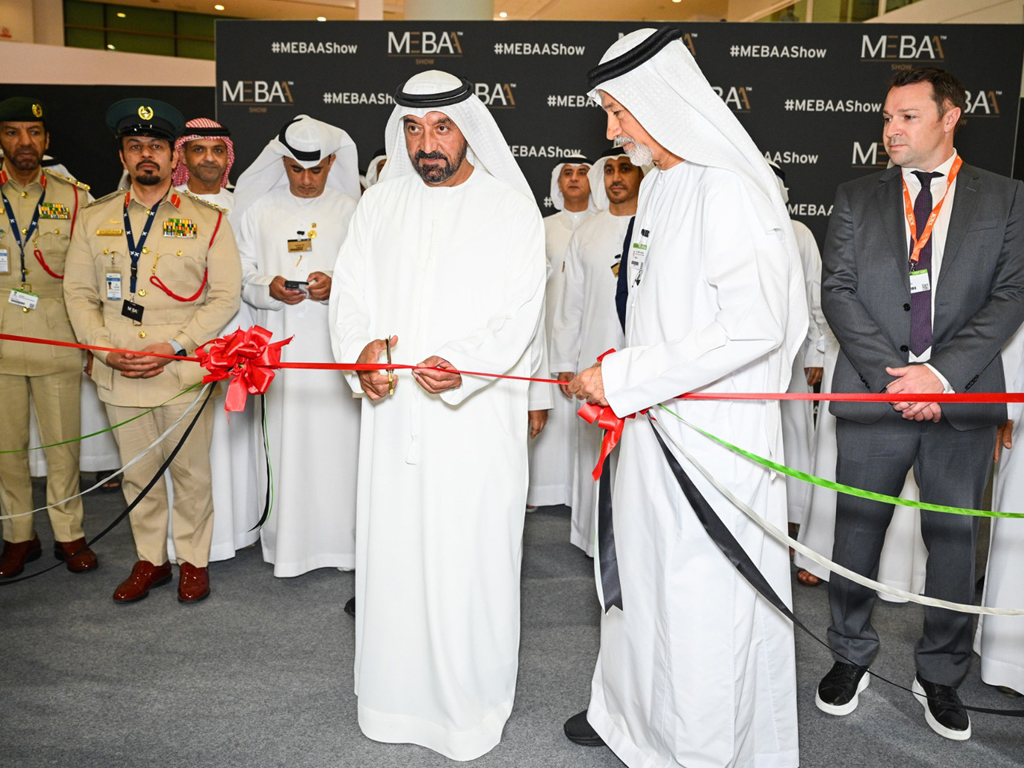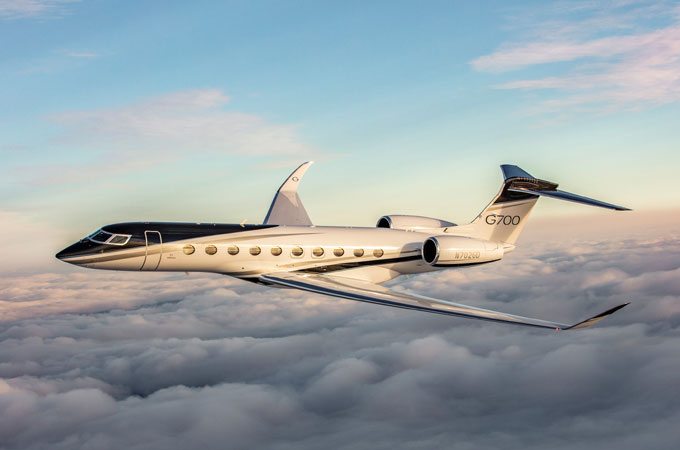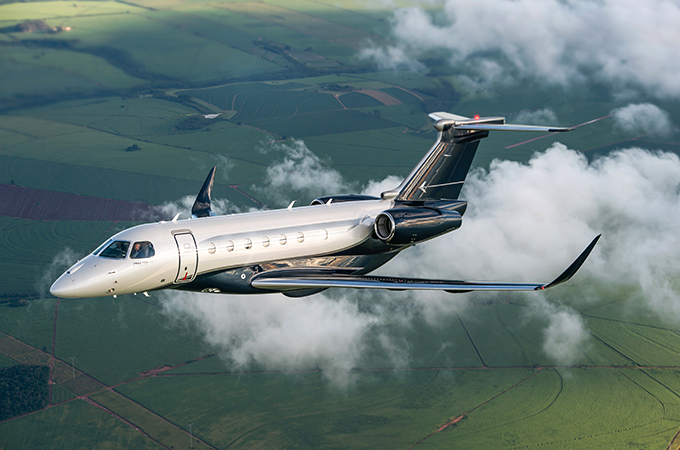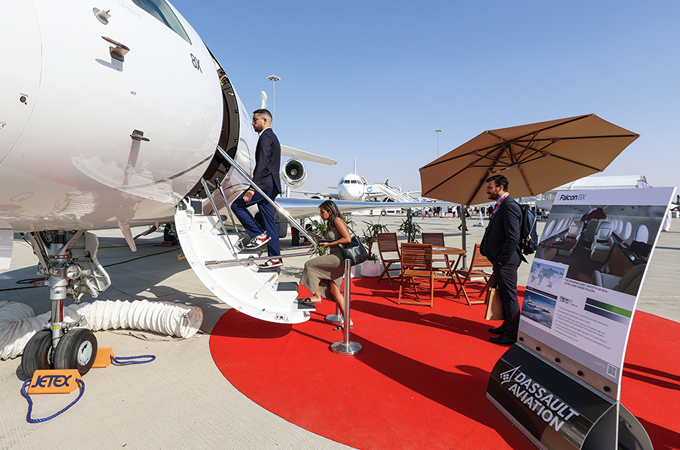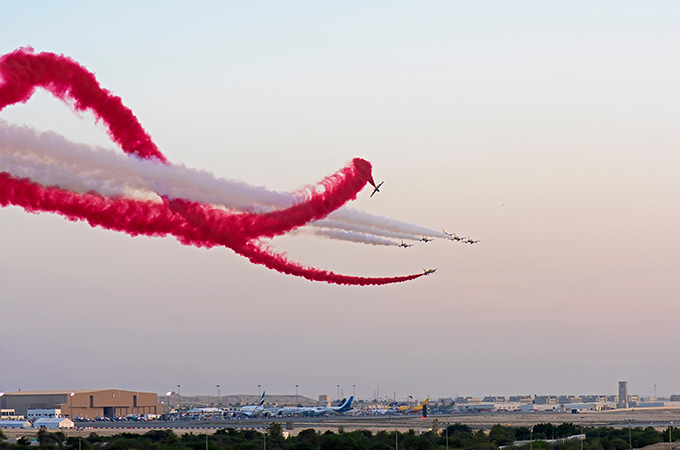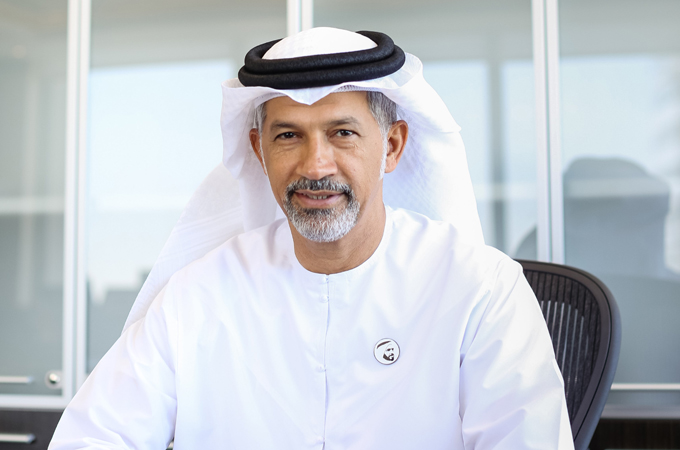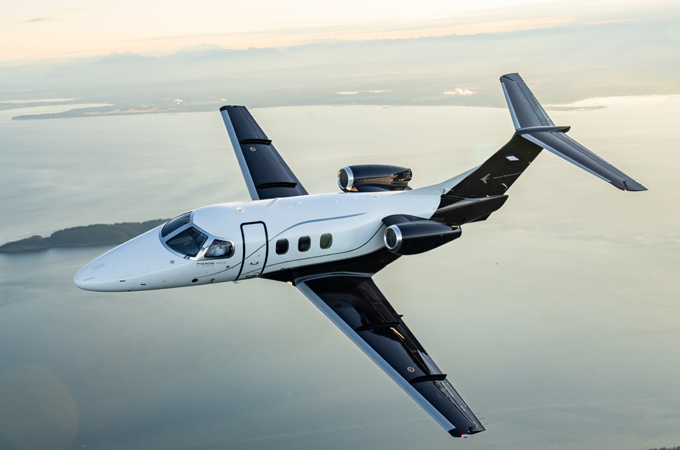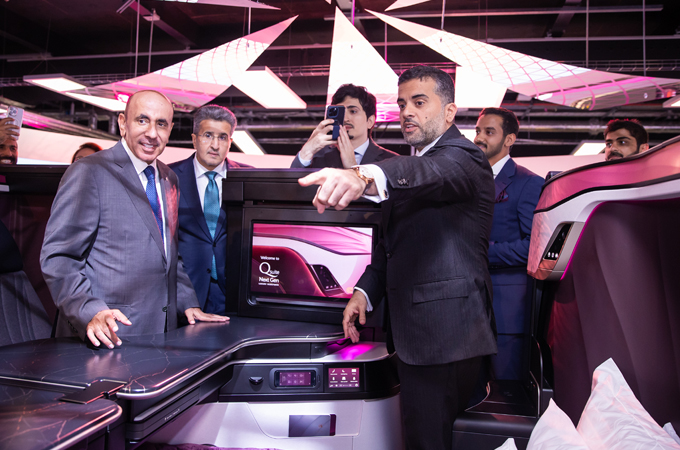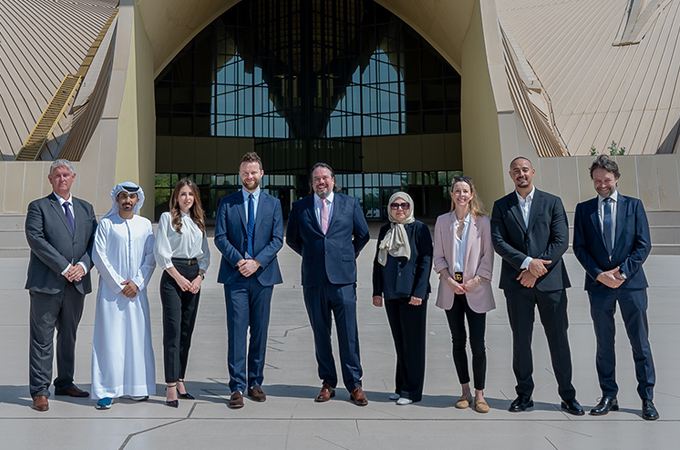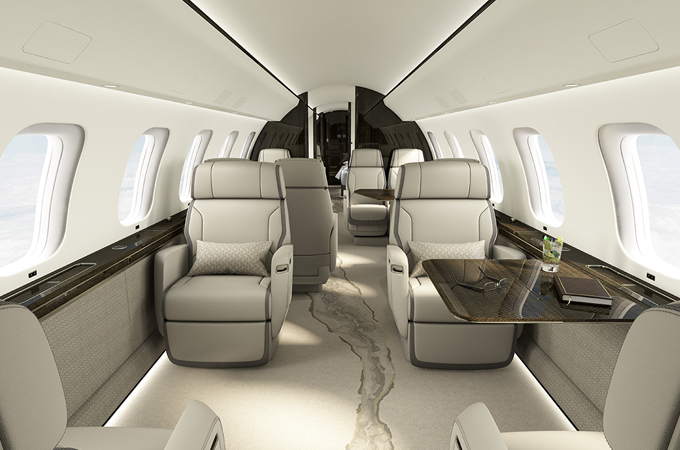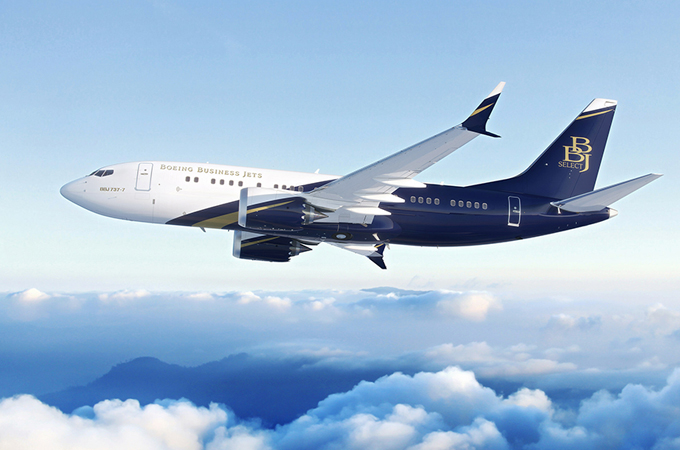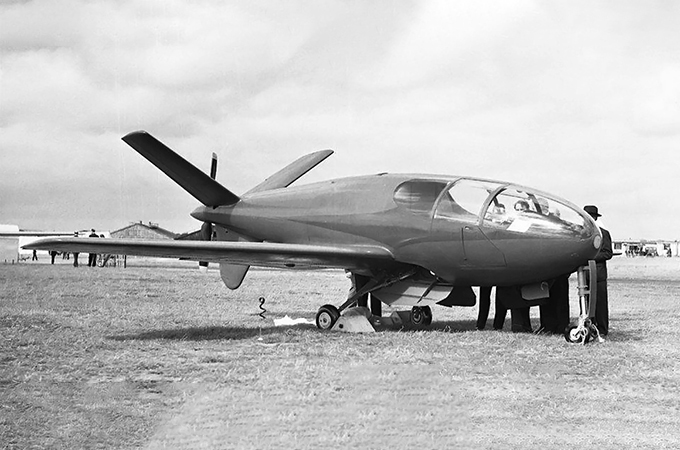Sun, Jul 3, 2016
Gulfstream’s super mid-sized Gulfstream G280 has set a speed record between Grand Rapids in Michigan, US, and Luton in England, UK, completing the flight in just seven hours and boosting the aircraft’s record-setting tally to 54.
The aircraft flew from Gerald R Ford International Airport near Grand Rapids and arrived at London Luton Airport, completing the 3,377-nautical-mile/6,254-km journey at an average speed of Mach 0.82.
“This record demonstrates the G280’s ability to make non-stop transatlantic flights other aircraft in the class just can’t match,” said Scott Neal, senior vice president, Worldwide Sales and Marketing, Gulfstream. “That translates into substantial time savings for G280 operators.”
Pending approval by the US National Aeronautic Association, the city-pair record will be sent to the Fédération Aéronautique Internationale in Switzerland for recognition as a world record.
The G280 offers the largest, quietest cabin in its class, with two seating areas that can accommodate up to 10 passengers. The cabin features 100 per cent fresh air, a 7,000-ft/2,134-m cabin altitude, best-in-class sound levels and 19 large windows.
3D TECHNOLOGY
Meanwhile, Gulfstream’s Savannah Completions Center has incorporated 3-D projection technology into the process of designing and executing aircraft paint schemes, resulting in increased flexibility and enhanced design quality.
Gulfstream engineers helped design the software that projects a multi-dimensional paint scheme onto the aircraft, taking into account how the curved aircraft surface may distort the image. The process eliminates the 2-D design phase, allowing technicians to forego plotting the design on the aircraft using just a flat schematic.
“The addition of 3-D technology into our already state-of-the-art painting process provides a number of benefits for customers,” said Scott Neal, senior vice president, Worldwide Sales & Marketing, Gulfstream. “With this software, designers can make design changes in real time with the touch of a button. They don’t have to imagine how a flat drawing will look once applied to the curves of an aircraft. They get a rendering and can see exactly how everything will look in 3-D, ensuring they’ll be satisfied with the finished product.”
Additionally, the 3-D projection technology increases accuracy.
The software is based on Delta Sigma’s ProjectionWorks, a commercial 3-D software programme that was first used to display locations for rivets and other fasteners for aircraft manufacturing. Gulfstream engineers helped tailor the programme for 3-D mapping of the aircraft’s exterior. The software defines how every image needs to be shaped in order to reflect correctly on a three-dimensional surface.
“This system gives everyone involved in the painting process the same design picture,” Neal said. “It eliminates guesswork and ensures we deliver the exact aircraft our customers envisioned.”



